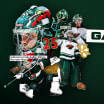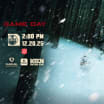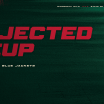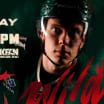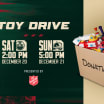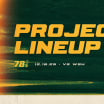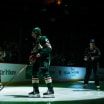ST. PAUL -- For a man who spent the better part of his professional hockey career drunk, high or both, Derek Sanderson can recall scenes from throughout his harrowing tale of addiction and recovery in vivid, spirited detail.
Sitting at the wooden desk in his hotel room on the fifth floor of the Hampton Inn and Suites Downtown St. Paul, the 72-year-old they nicknamed "The Turk" during his playing days waves his hands as he describes his 13th and final trip to detox: "Are you sick and tired of being sick and tired?" asked a counselor at the Hotel Dieu Shaver Health and Rehabilitation Centre in St. Catharine's, Ontario. "If you don't stop it'll kill you." Or the day Philadelphia Blazers president James Cooper sat him down and offered him a $2.3 million contract, making him the richest man in professional sports history; Sanderson was so taken aback at the Blazers' original offer he gaped in silence until Cooper finally said, "fine, we'll make it $2.6 million." Or the first time he ever took a drink, when his uncle offered him several swigs of beer at a family Christmas party. Sanderson's father became so indignant when he saw his son "dancing around, acting like the village idiot" he threw Derek's uncle out of the house.
Sanderson recounts story with Wild fans, members of recovery community
Former NHLer's addiction cost him everything, but today he helps others avoid similar pitfalls
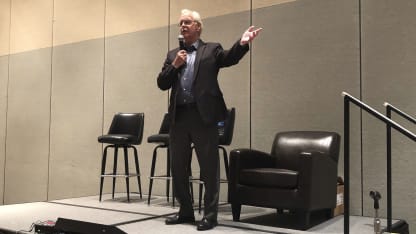
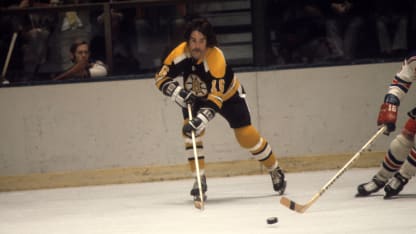
© Getty Images


